Campo de Cielo meteorite pendant
The Campo del Cielo refers to a group of iron meteorites or to the area where they were found. This area is situated on the border between the provinces of Chaco and Santiago del Estero, 1,000 kilometers (620 mi) northwest of Buenos Aires, Argentina. The crater field covers an area of 3 by 18.5 kilometres (1.9 by 11.5 mi) and contains at least 26 craters, the largest being 115 by 91 metres (377 by 299 ft).
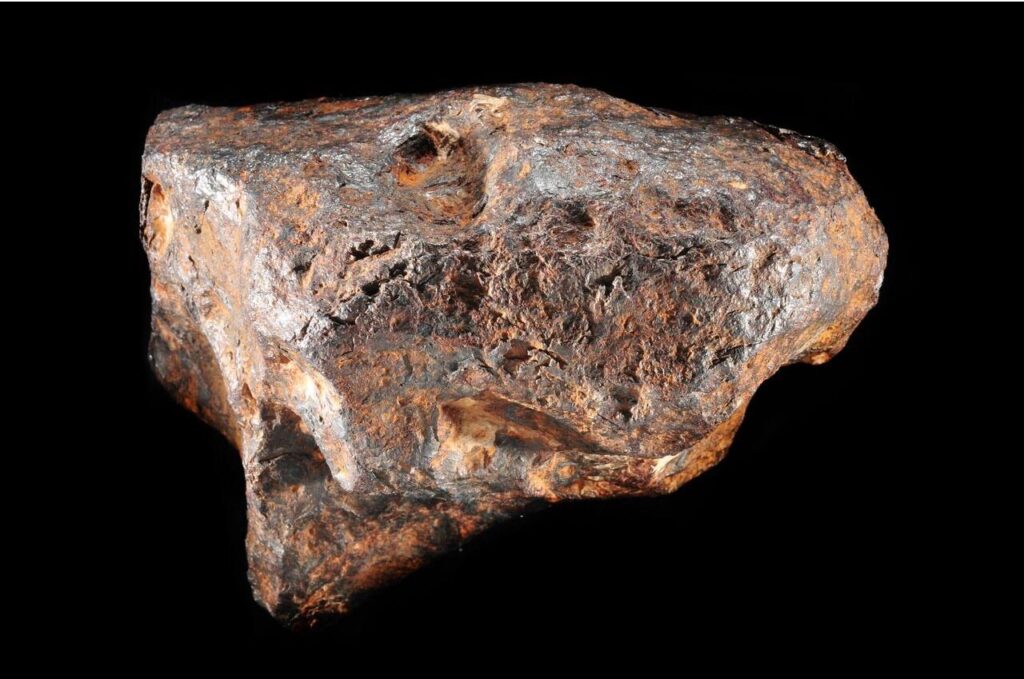
Campo del Cielo meteorites originated from a meteorite impact event that occurred millions of years ago in Argentina. Despite their ancient origins, they were only discovered in 1576 when the indigenous inhabitants of the region came across the scattered fragments. Composed mainly of iron and nickel, these meteorites exhibit a high metal content, which gives them their characteristic magnetic properties. The impact that created these meteorites scattered fragments across the Campo del Cielo region, where they remained undisturbed until their discovery. Since their discovery, Campo del Cielo meteorites have been prized by collectors and scientists for their unique composition and scientific significance. They provide valuable insights into the processes that shaped the early solar system and offer clues about the conditions prevailing in the asteroid belt. Analysis of these meteorites continues to contribute to our understanding of celestial dynamics and the history of our solar system.
The total known weight of Campo del Cielo meteorites is estimated to be several tons. Over the years, numerous fragments have been discovered and collected from the Campo del Cielo region in Argentina, contributing to this substantial total weight. While precise measurements vary, scientists estimate that the combined weight of Campo del Cielo meteorites discovered so far amounts to several thousand kilograms. These meteorites come in various sizes, ranging from small fragments to larger specimens weighing hundreds of kilograms. The significant weight of Campo del Cielo meteorites underscores their importance in scientific research and their appeal to collectors. As researchers continue to study these meteorites, the total known weight may increase as new fragments are discovered and added to collections around the world.
Iron Meteorites: Relics of Cosmic Cores
Comprising about 5% of meteorite falls, iron meteorites stand out for their high iron and nickel content, often accompanied by traces of other elements like cobalt and phosphorus. These meteorites are remnants of the cores of differentiated bodies such as asteroids or protoplanets, where intense heat and pressure led to the segregation of metallic alloys.
Octahedrites: Characterized by a distinctive crystalline structure known as a Widmanstätten pattern, octahedrites are the most common type of iron meteorites. This pattern forms as a result of slow cooling over millions of years within the core of a planetary body, allowing nickel-iron crystals to grow into elongated shapes. The presence of the Widmanstätten pattern serves as a signature of extraterrestrial origin and provides insights into the cooling rates and thermal histories of parent bodies.
Hexahedrites: Unlike octahedrites, hexahedrites exhibit a cubic crystal structure and are relatively rare compared to their octahedral counterparts. These meteorites likely formed under different cooling conditions within the cores of larger asteroids or protoplanets. The study of hexahedrites helps scientists understand the diversity of parent bodies in the early solar system and the processes that governed their differentiation.
Ataxites: Ataxites represent a minor subclass of iron meteorites characterized by their high nickel content and lack of a distinct crystalline structure. These meteorites likely originated from the outer regions of planetary cores, where nickel concentrations were higher. The study of ataxites provides valuable information about the chemical composition and thermal evolution of parent bodies, offering clues about the conditions prevailing in the early solar system.
Stony-Iron Meteorites: Bridging the Divide
Stony-iron meteorites, as the name implies, represent a hybrid of stony and iron compositions, with roughly equal proportions of silicate minerals and metallic alloys. These meteorites are thought to originate from the boundary regions between a differentiated body’s mantle and core, where material mixing occurred due to impacts or geological processes.
Pallasites: Gem embedded Nickel Iron:
Pallasites: Pallasites are one of the most visually striking meteorite types, characterized by their beautiful olivine crystals embedded in a metallic matrix. These meteorites likely formed at the interface between the core and mantle of differentiated bodies, where molten metal percolated through fractures and filled cavities within the silicate matrix. The study of pallasites provides insights into the dynamics of core-mantle interactions and the mixing of materials in the early solar system.
Mesosiderites: Mesosiderites are stony-iron meteorites composed of roughly equal parts of silicate minerals and metallic alloys. Unlike pallasites, which exhibit a distinct separation of metal and silicate phases, mesosiderites show evidence of intense brecciation and mixing, indicating violent processes within the parent body. These meteorites likely originated from the crust or mantle of large differentiated bodies, where impacts or tectonic activity led to the commingling of materials.
Prehistoric 101 (Learn about fossils, minerals, and meteorites)
What is a Meteorite? Nickel Iron
What is a Meteorite?
The Meteoritical Society Database

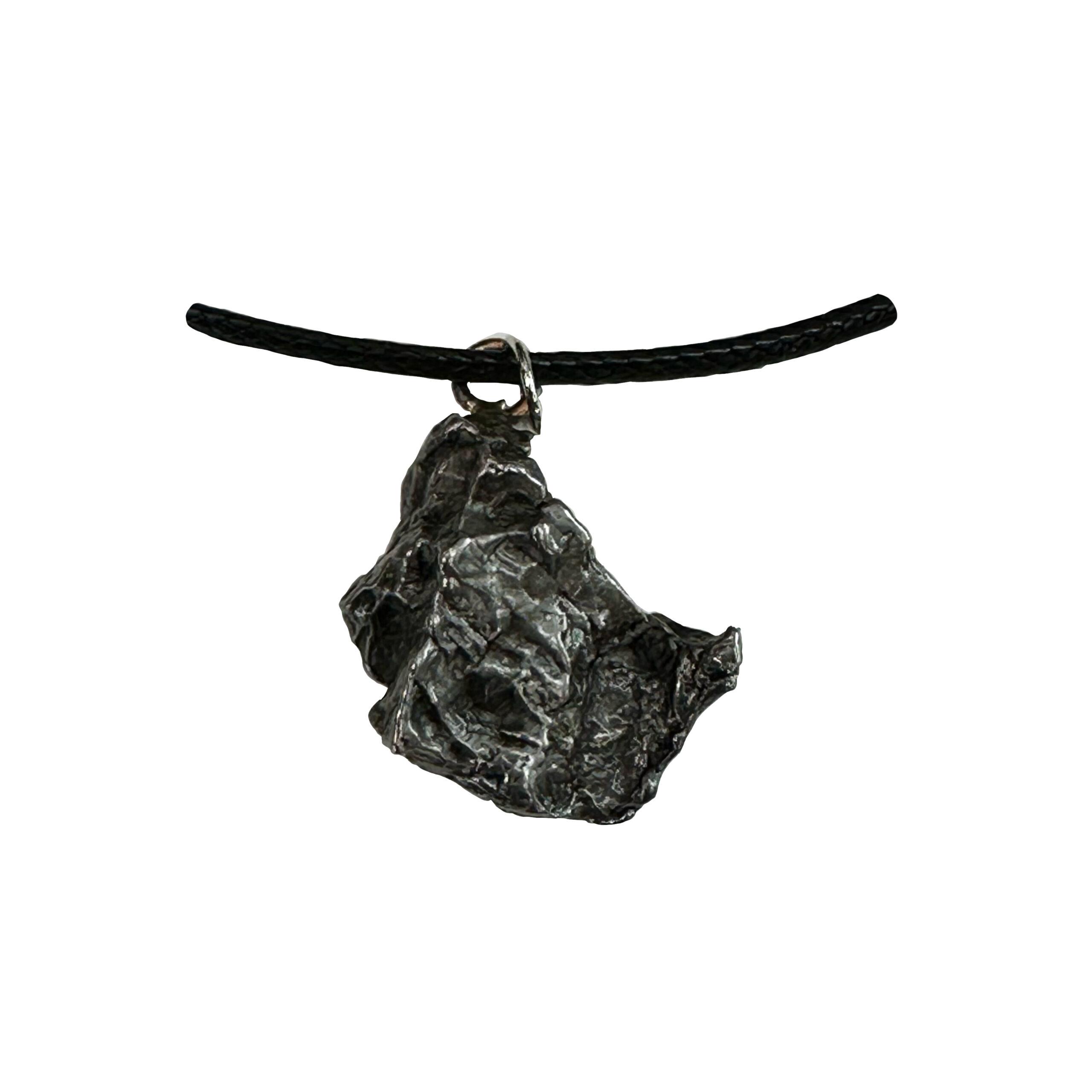
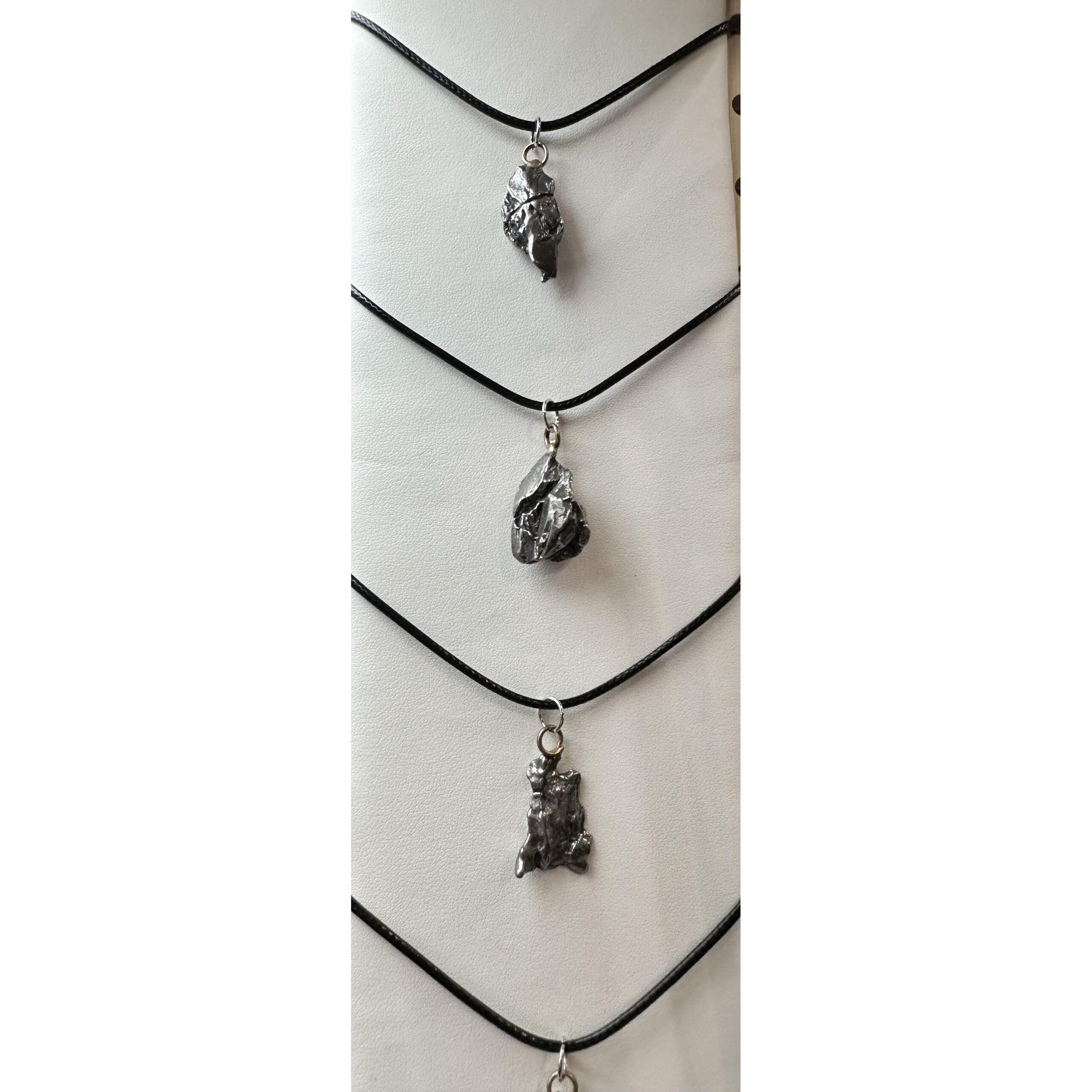
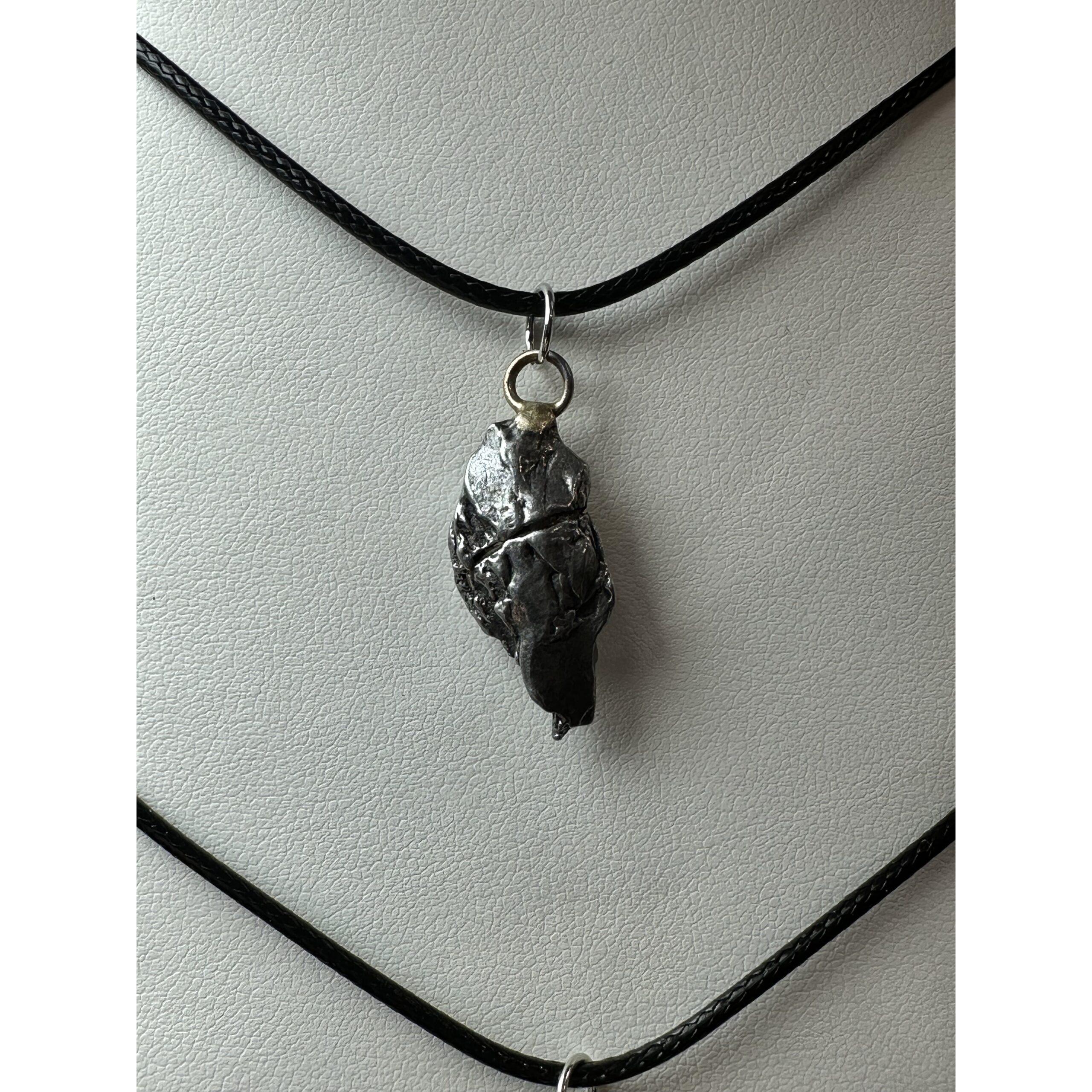
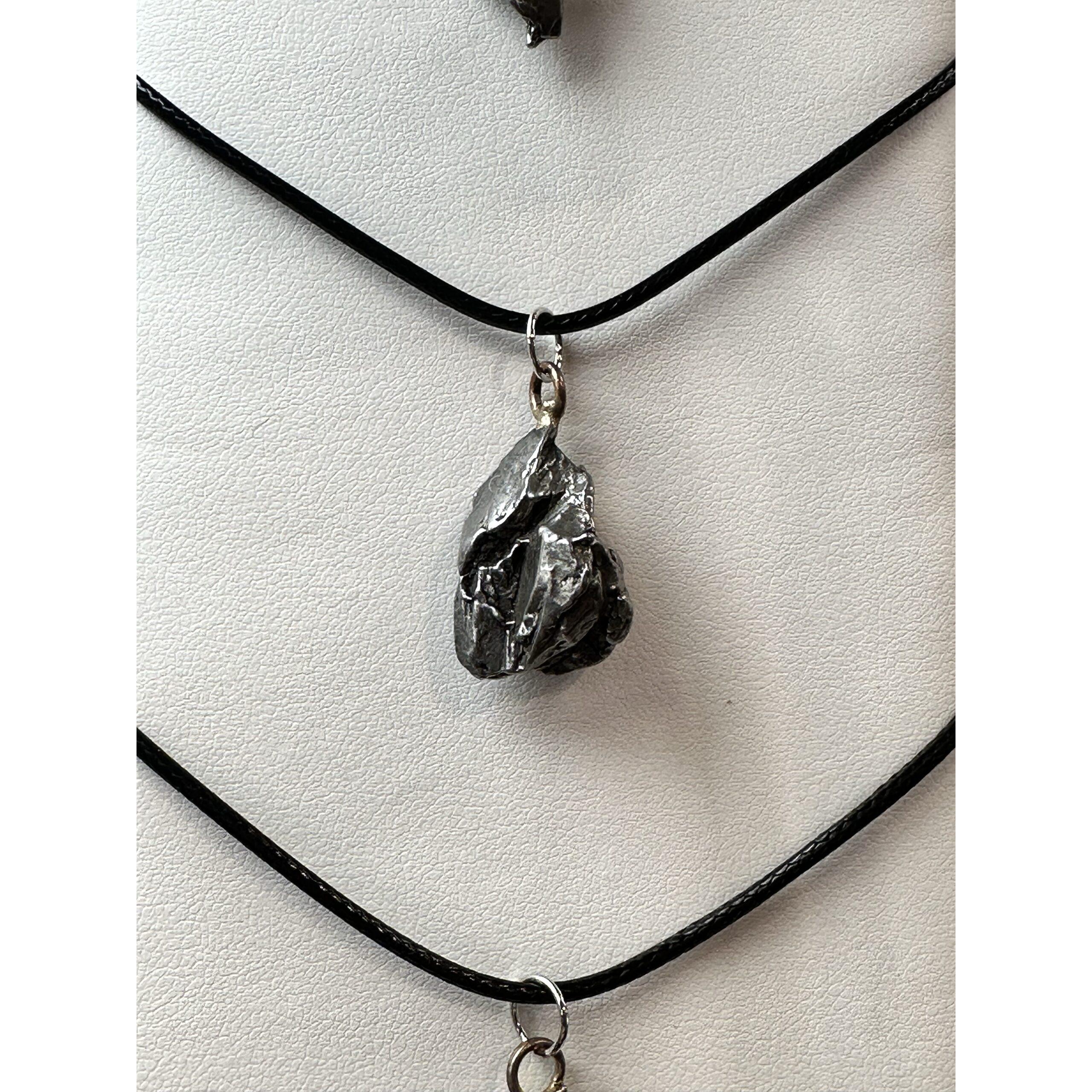
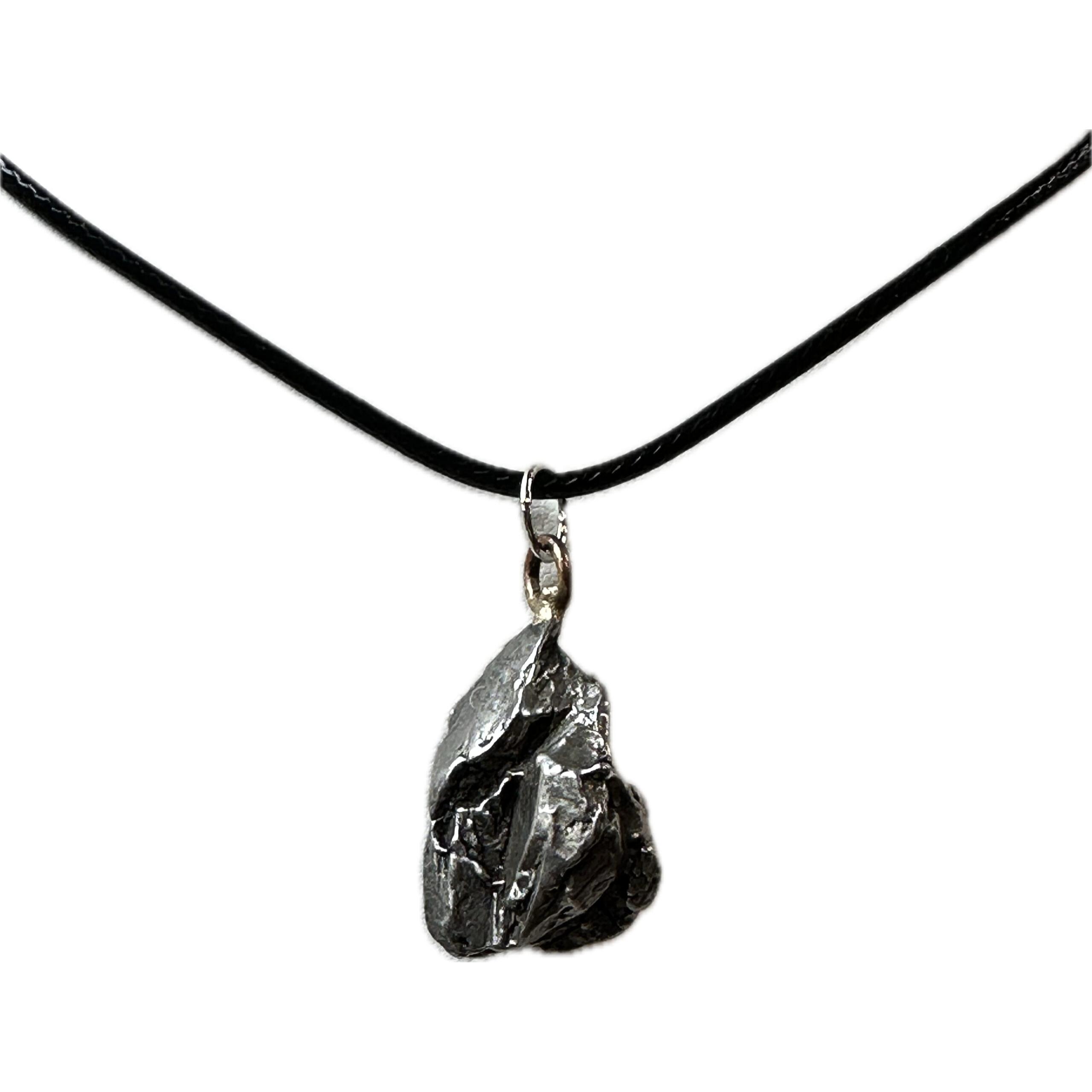
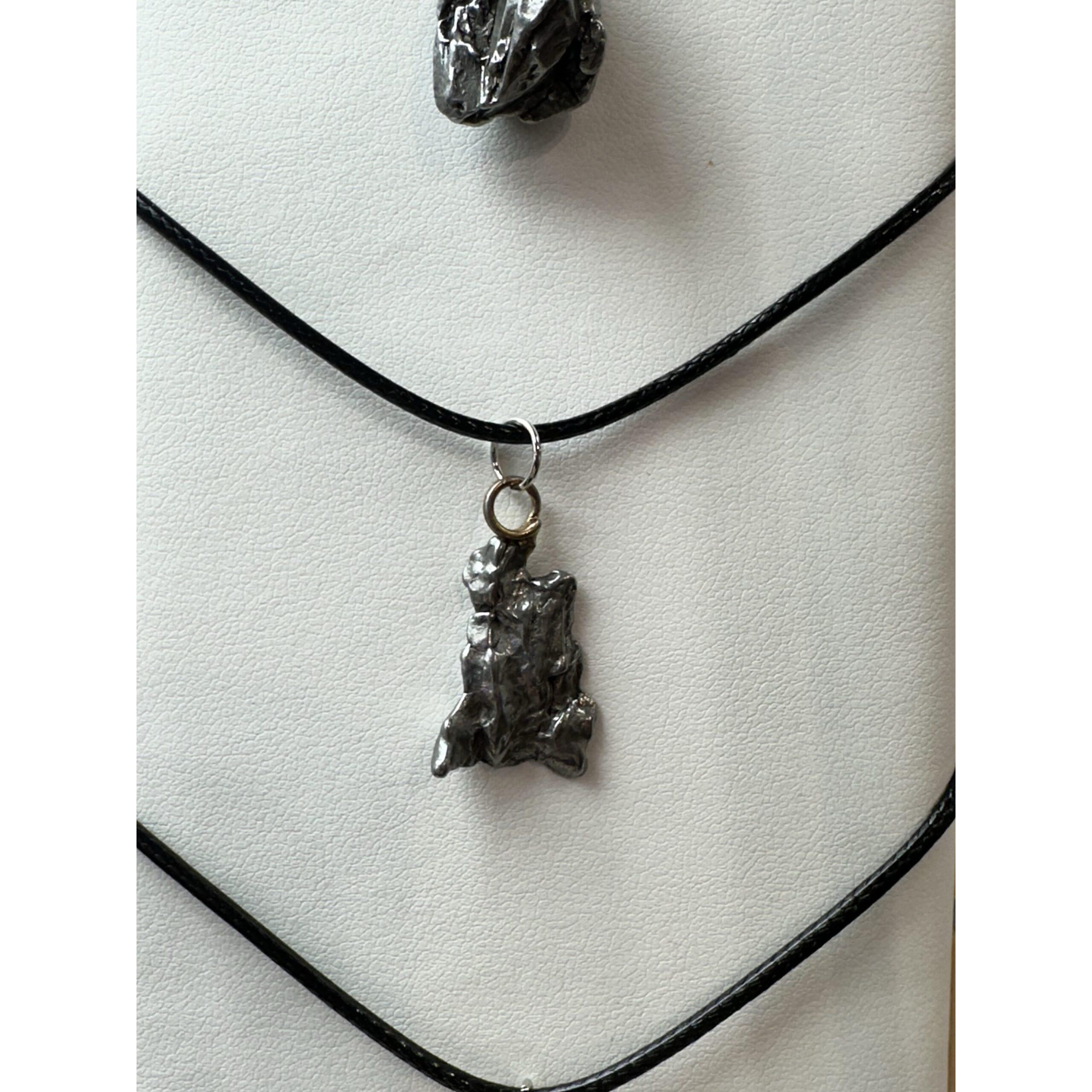
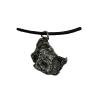
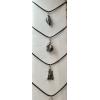
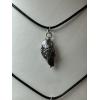
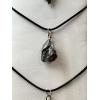
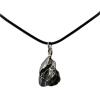
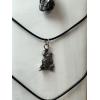
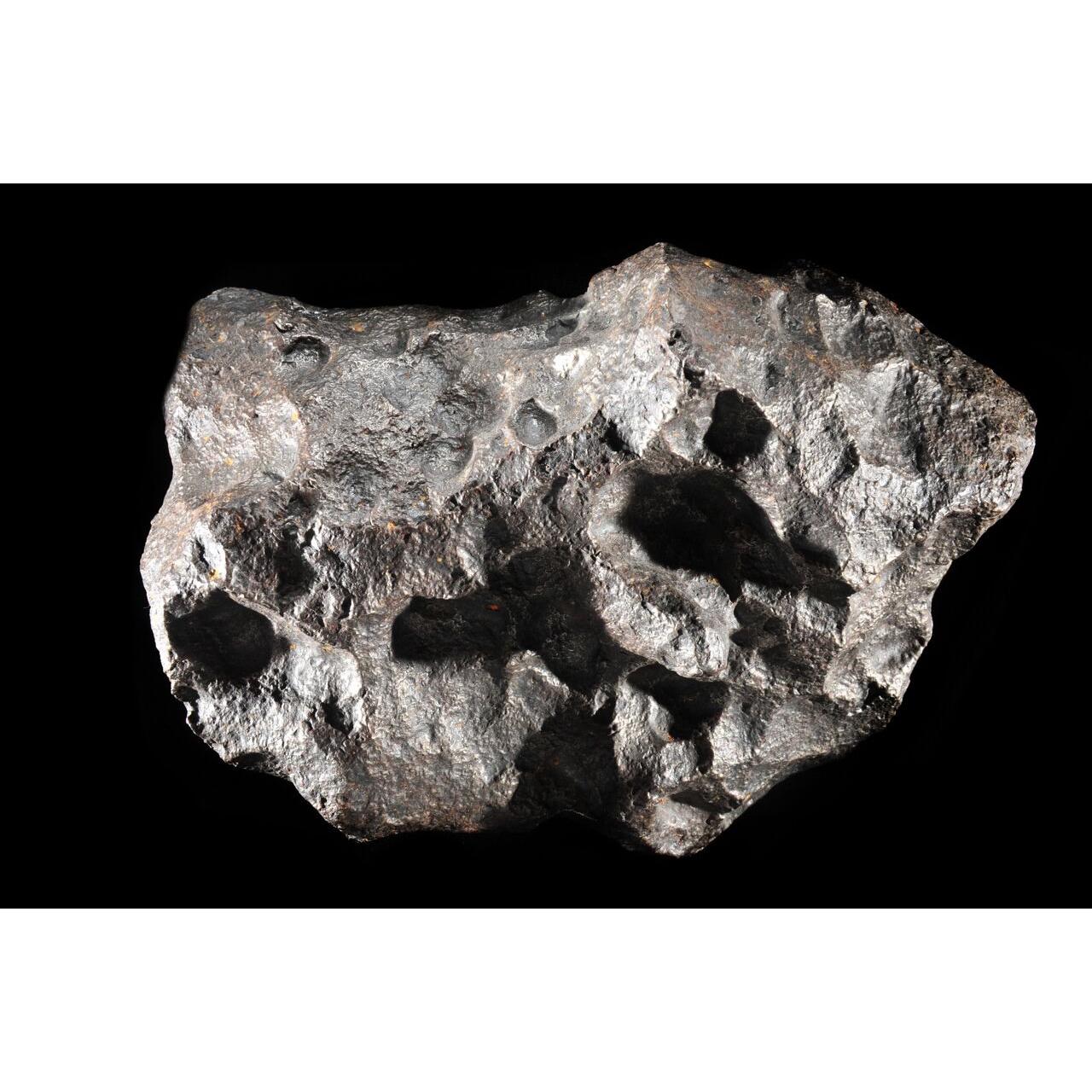
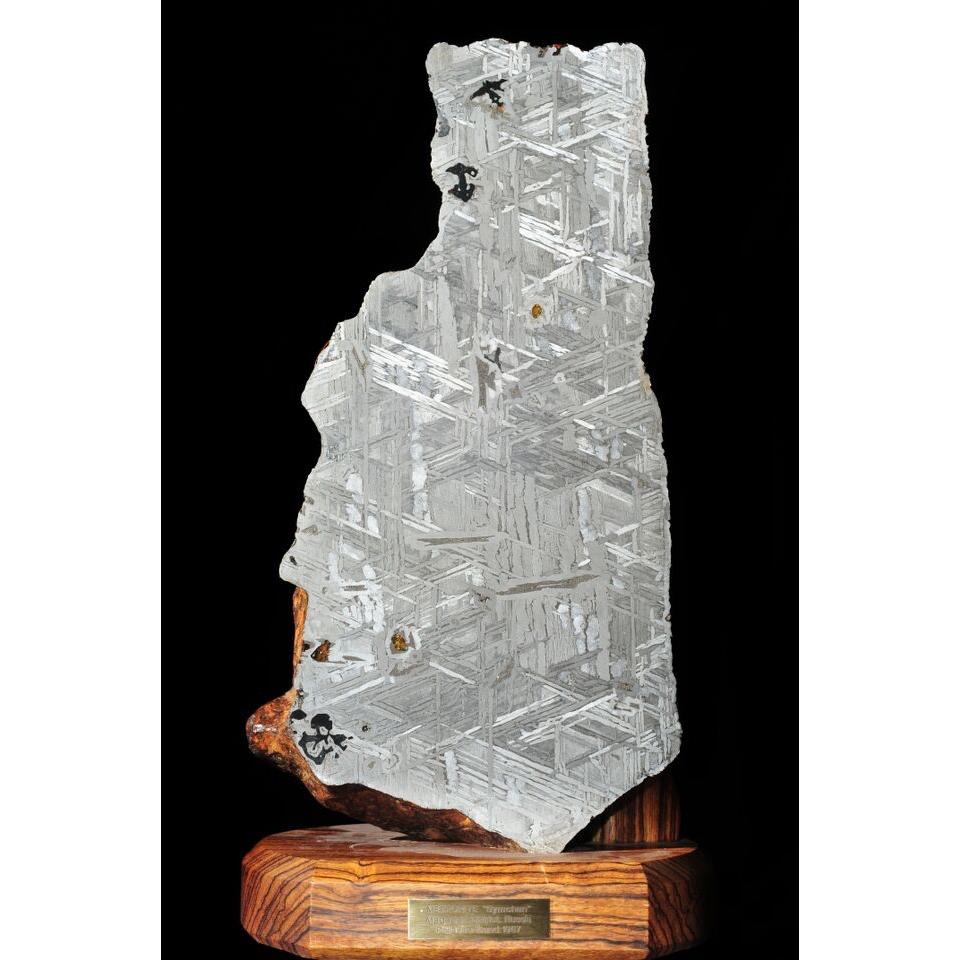
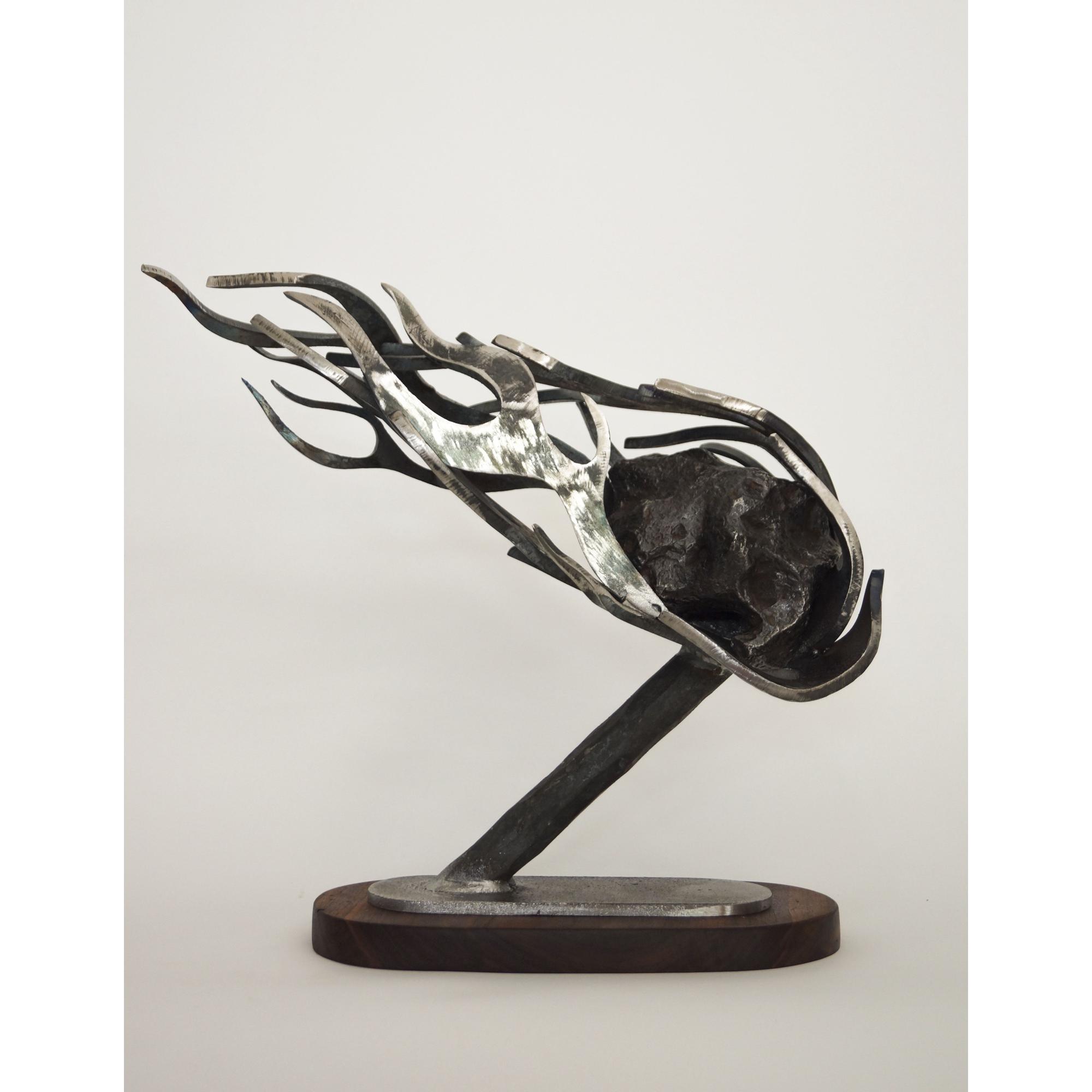
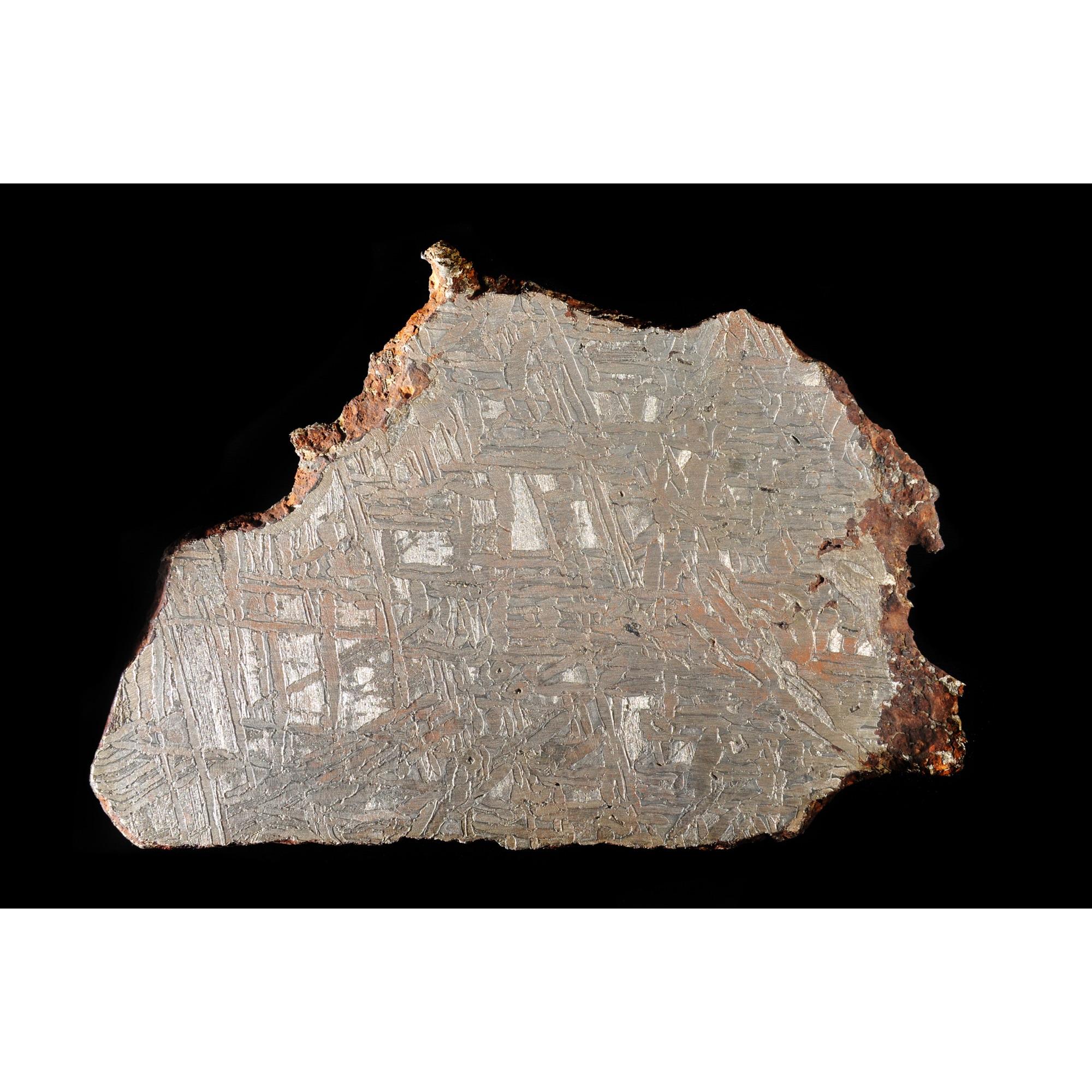
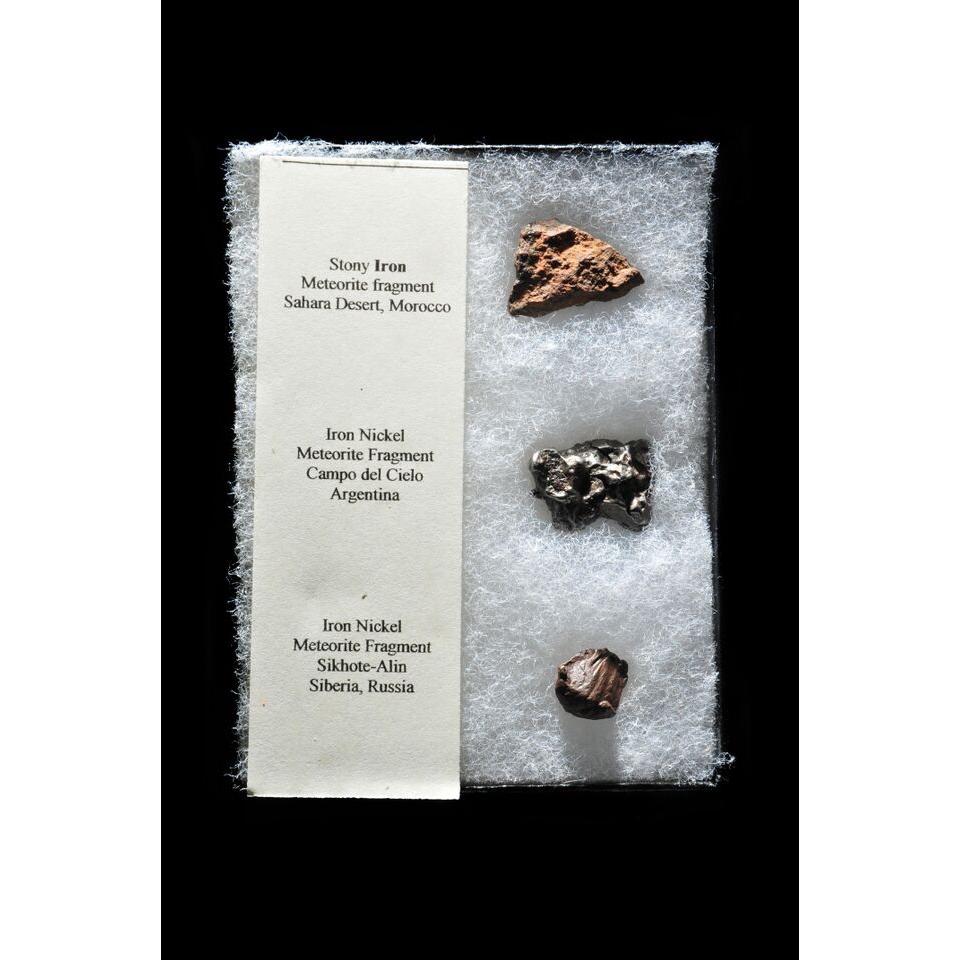
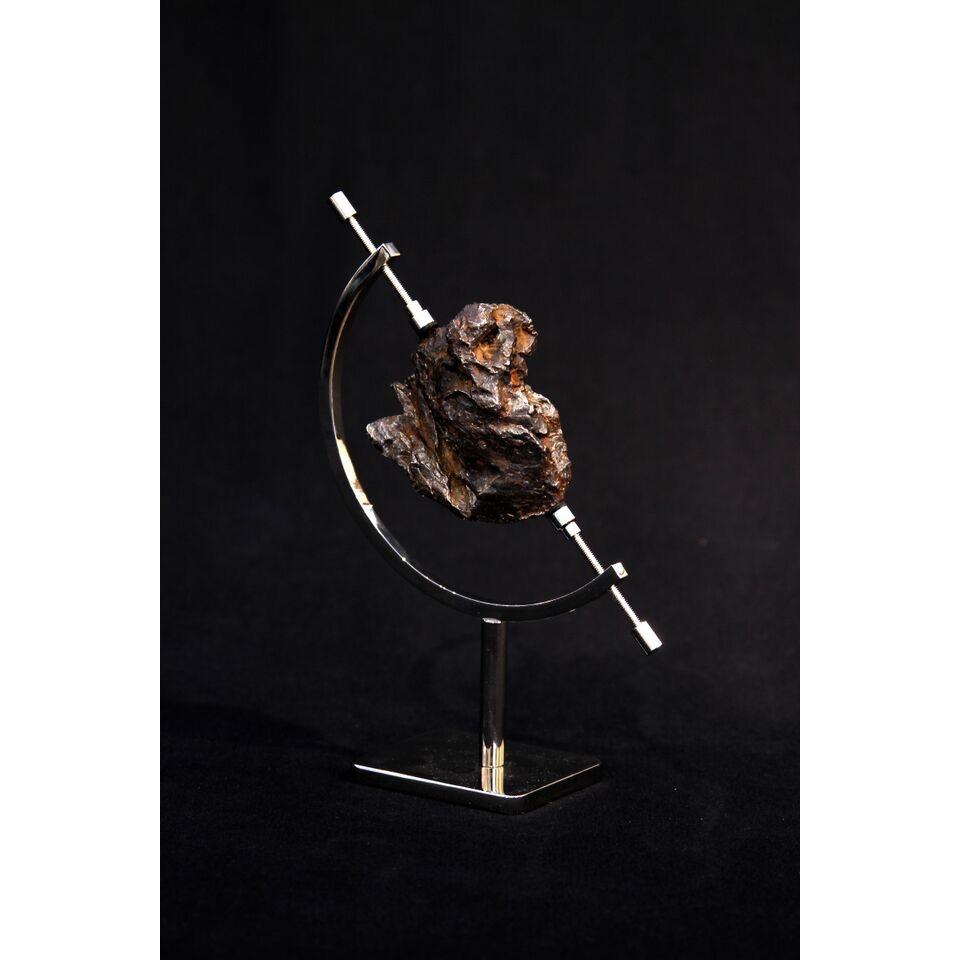
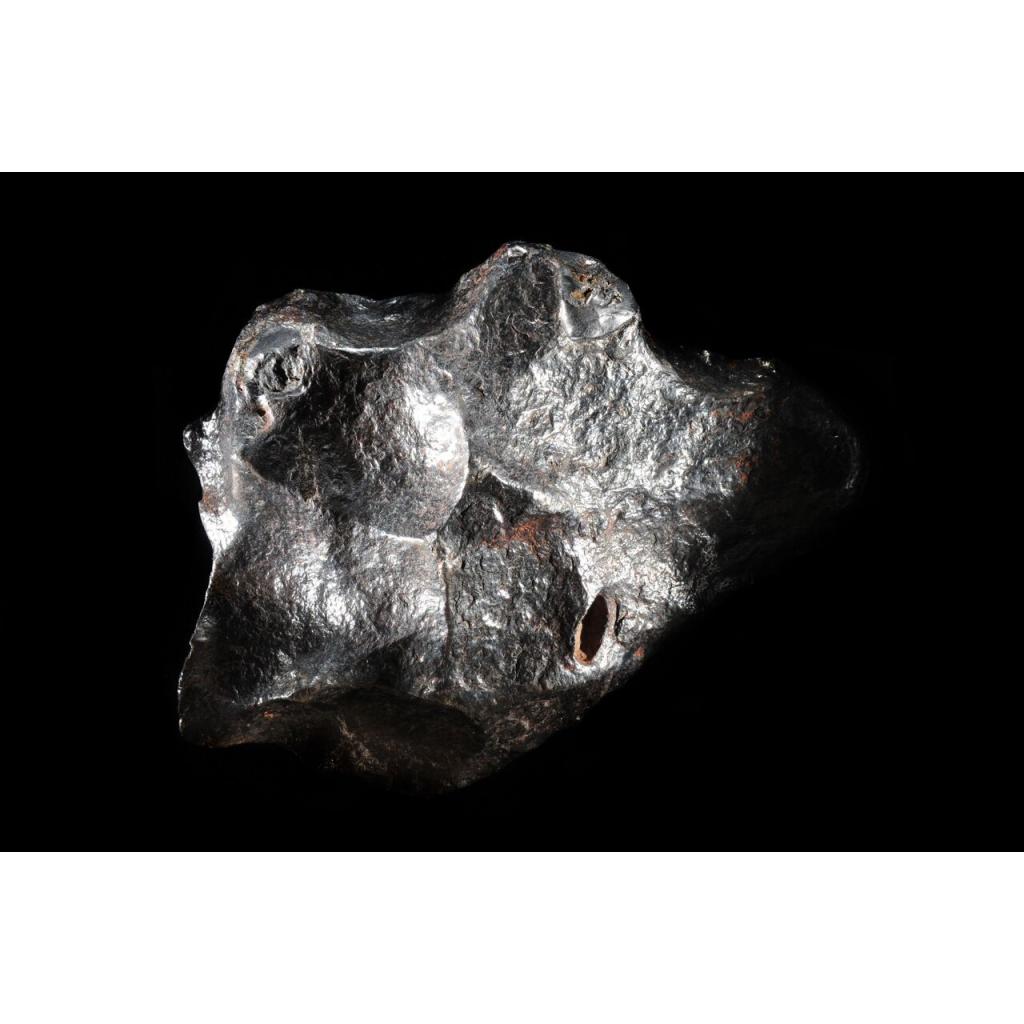
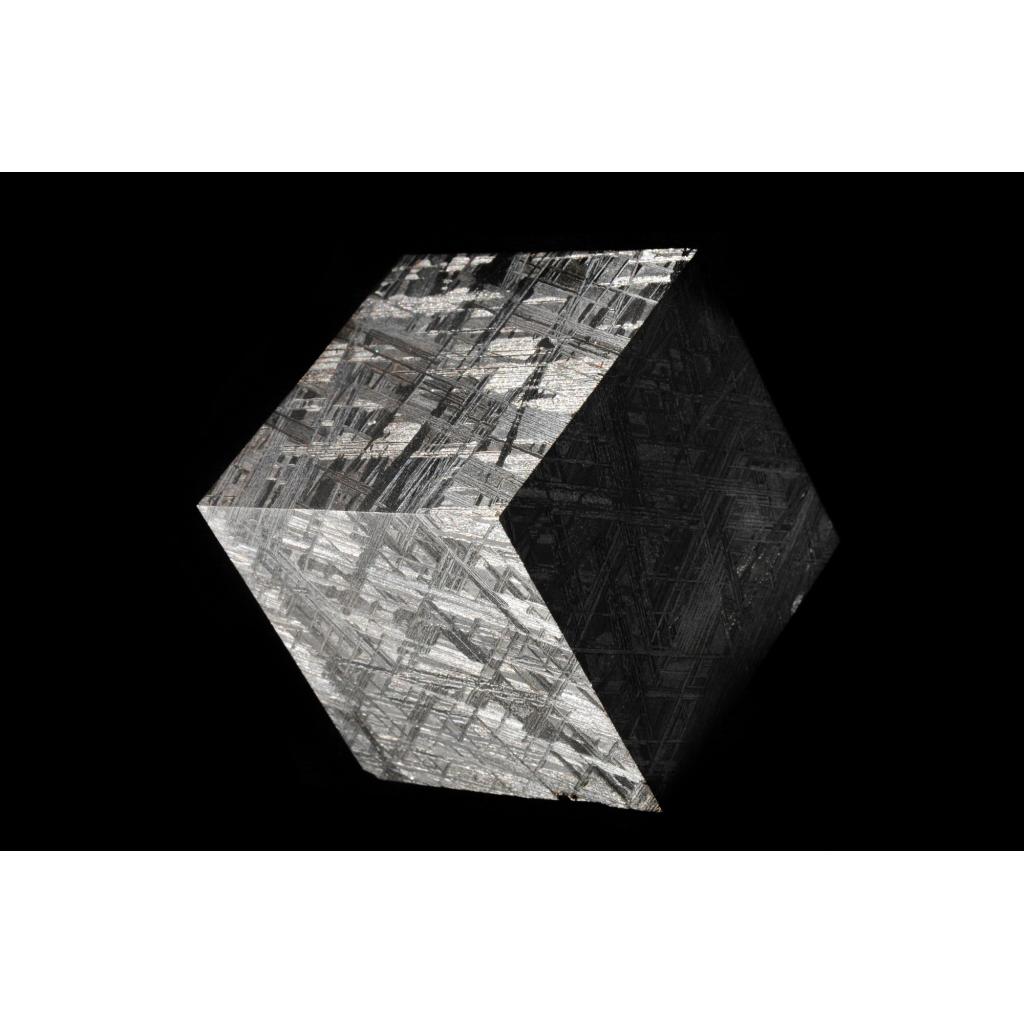
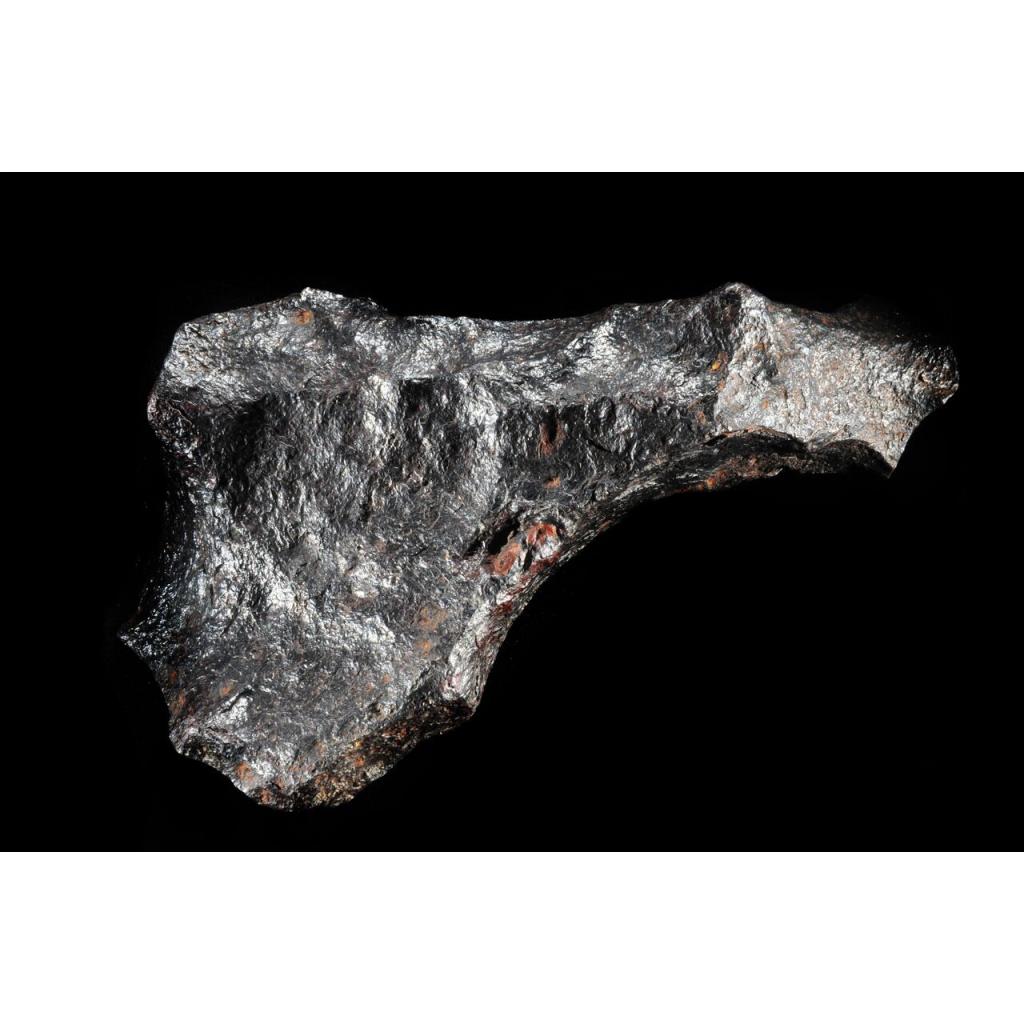
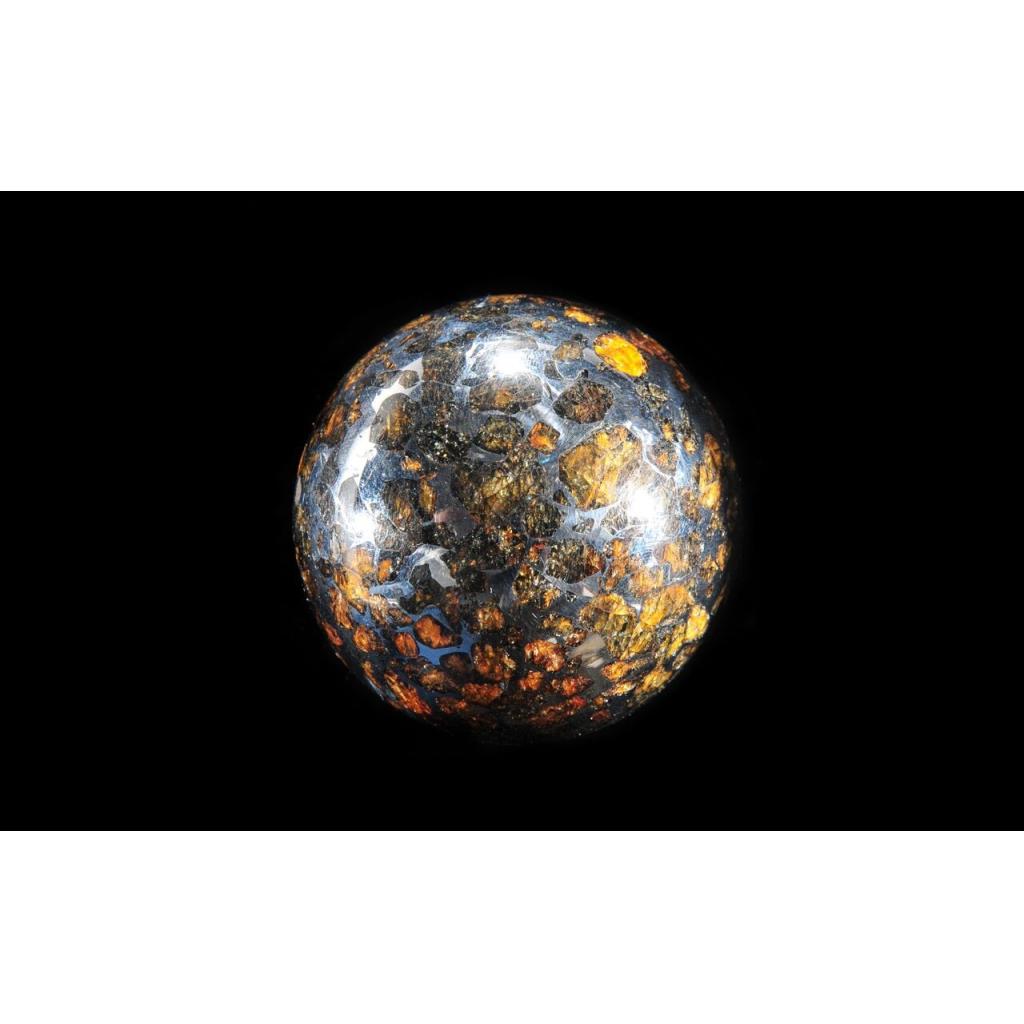
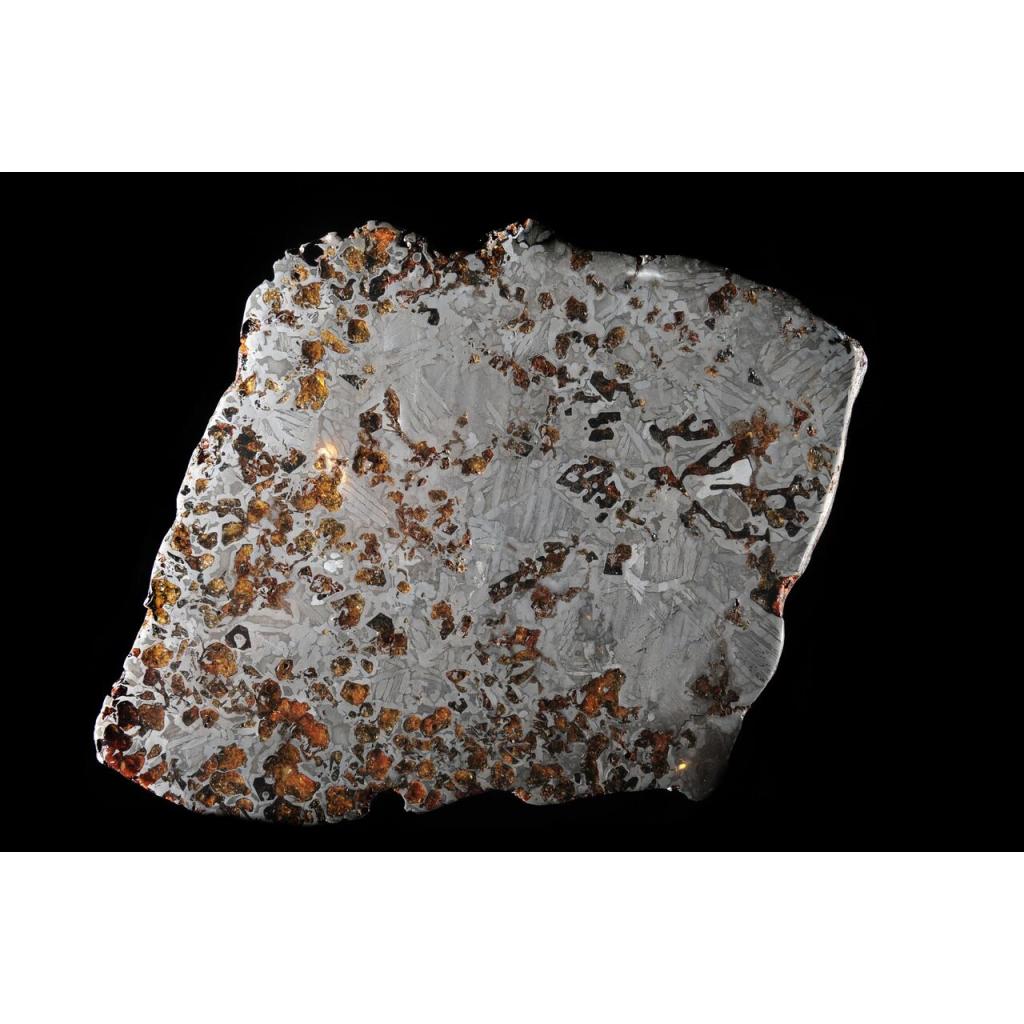
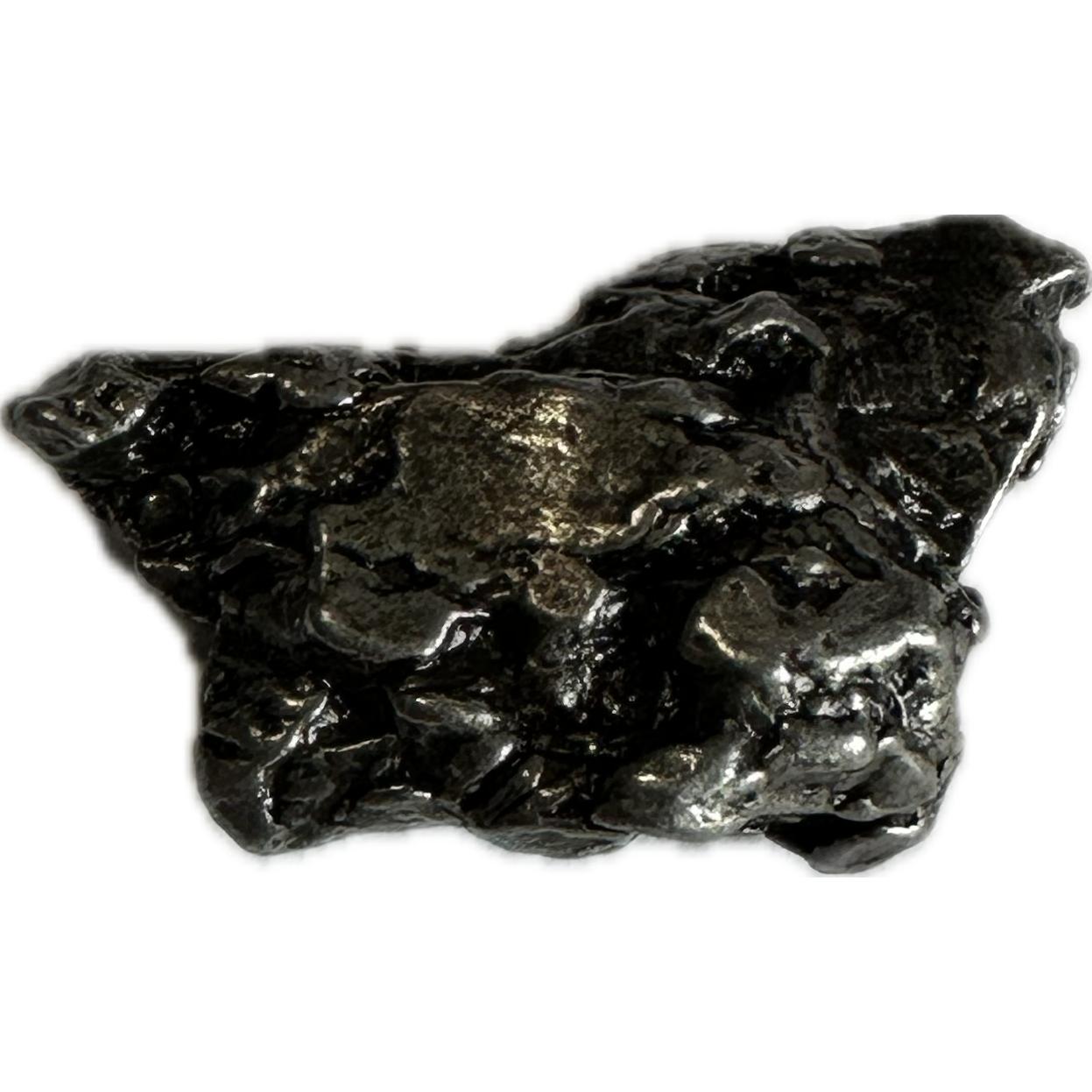
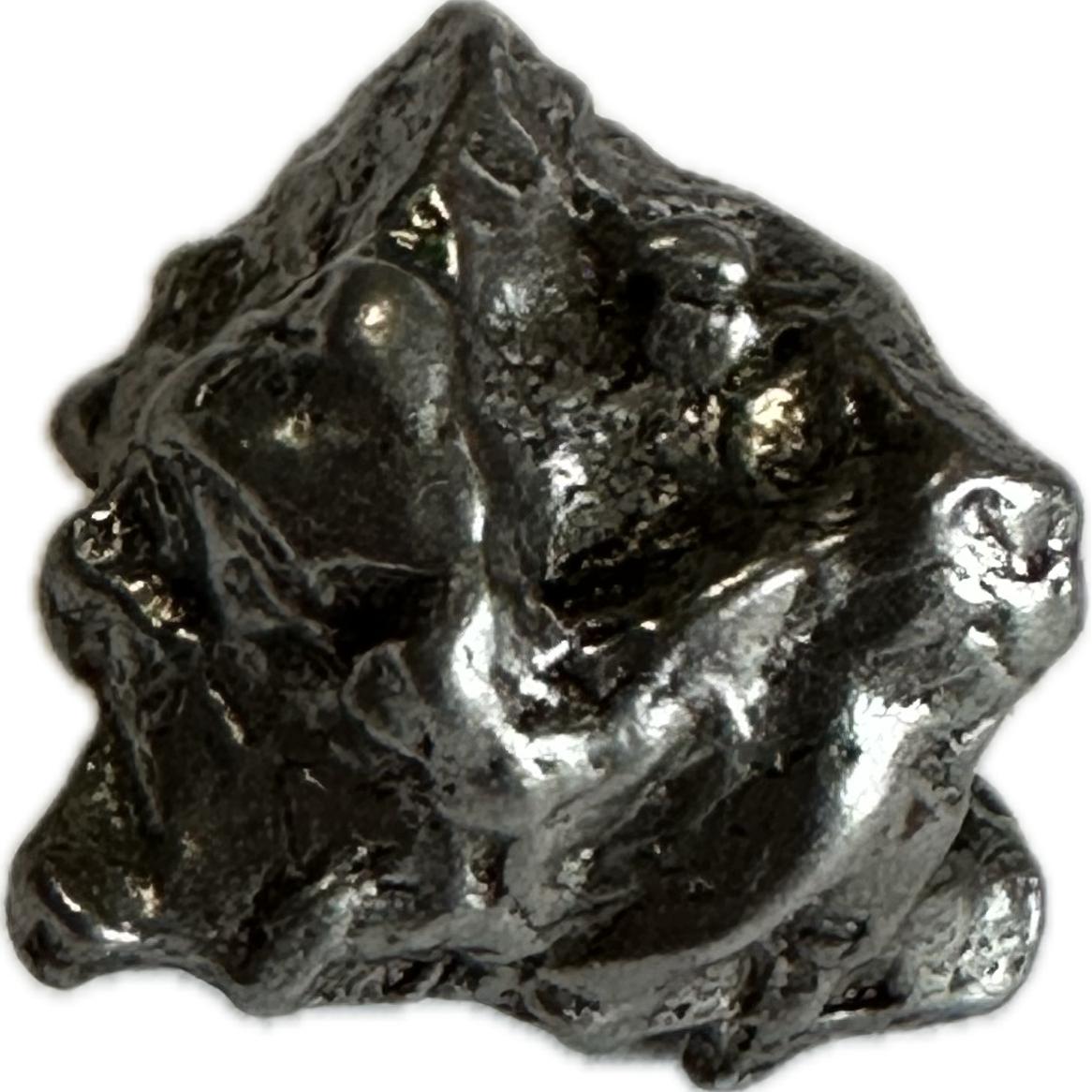

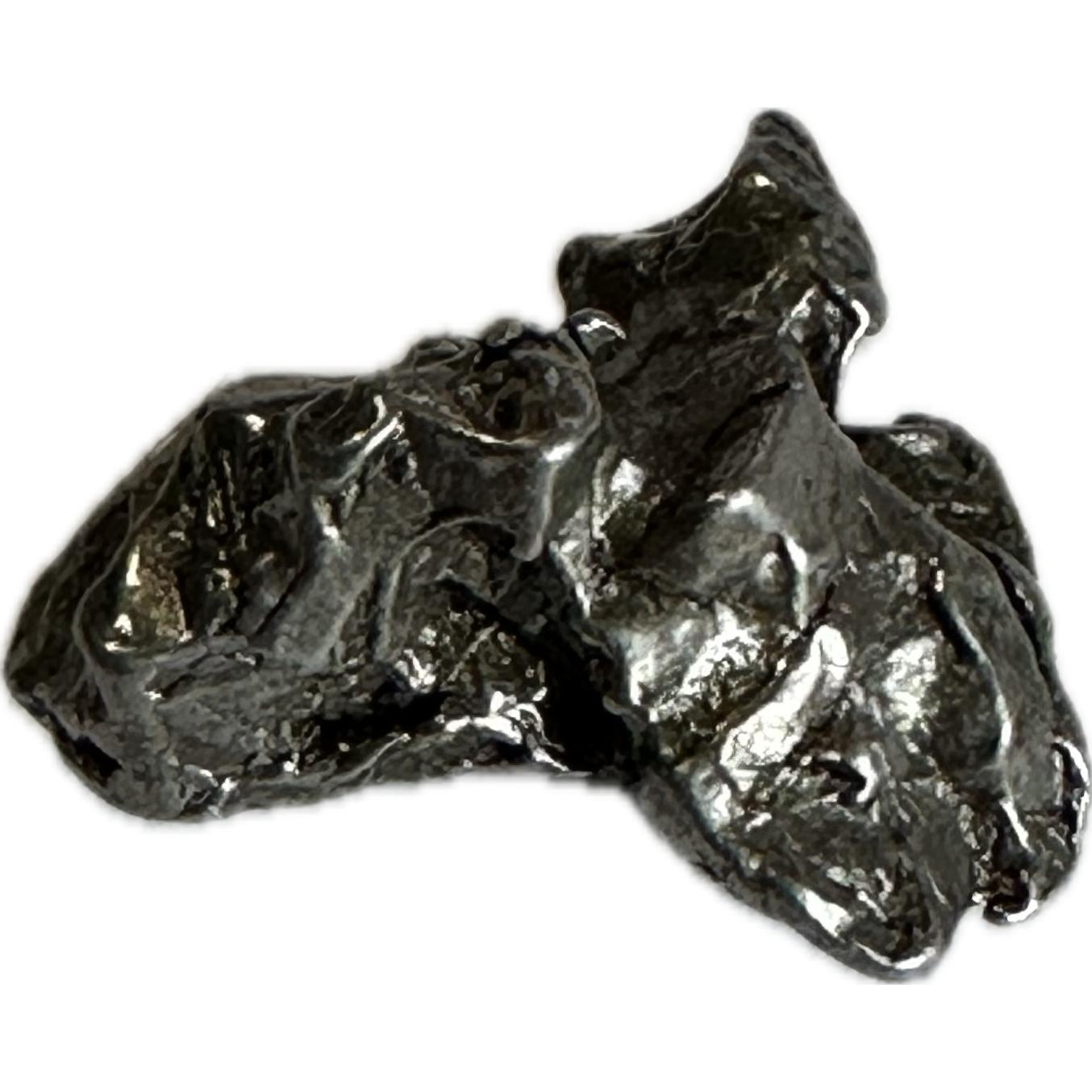
Reviews
There are no reviews yet.